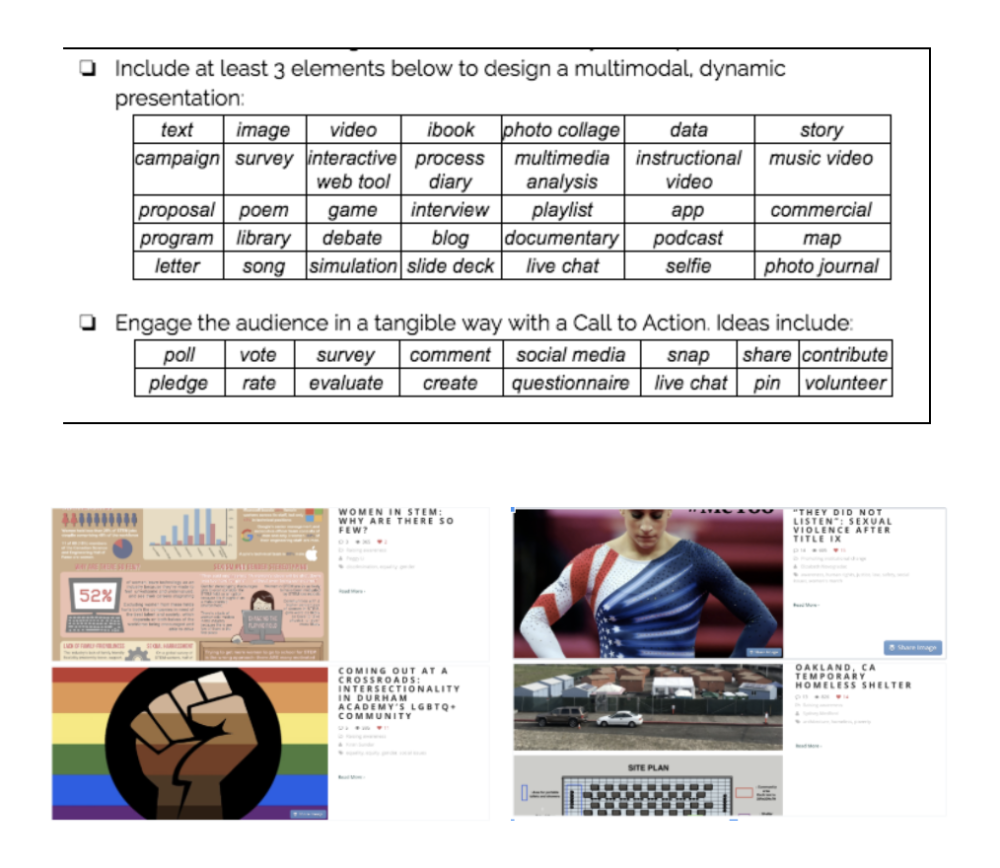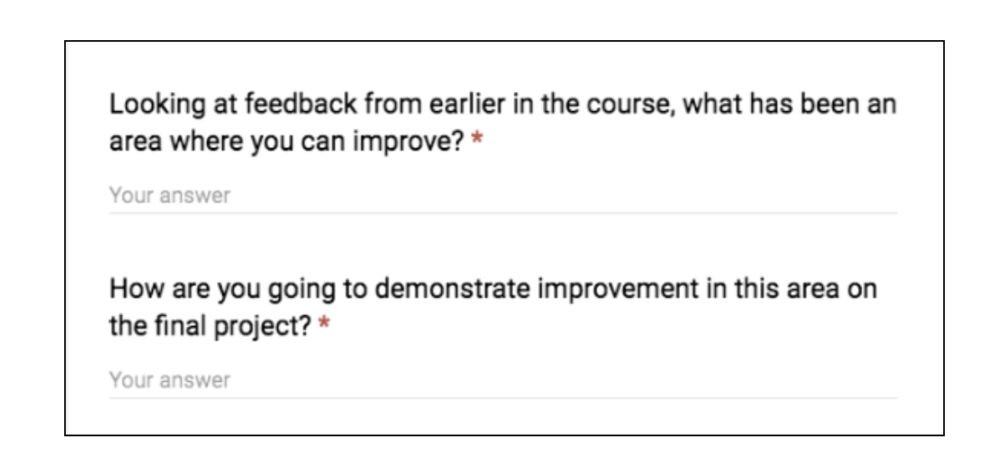Want to Empower Learners? Ask Yourself These Three Questions
The carrot-and-stick approach to motivating students may have been effective when the learning was about routinized, algorithmic skills - the kind of thing that is mostly done by computers today. Modern students, however, need to develop an increasingly nuanced set of competencies in order to thrive in a globally networked society - and extrinsic motivators just aren’t that effective for work that goes beyond the most menial rote learning (see this section of Kane and Mattingly’s The Science of Learning). It’s our responsibility as educators to design learning experiences that build intrinsic motivation. Dan Pink’s Drive made clear for a broad audience something that the best teachers and school leaders have long known: people are intrinsically motivated by a desire for mastery, autonomy and purpose. In other words, by empowering students to be the active subjects of their learning rather than the direct objects of somebody else’s teaching, we will ignite their intrinsic motivation and inspire them to become lifelong learners.
Here are three big questions you should ask yourself about your lessons, units and courses to empower learners to drive their own learning.
Who decides how students demonstrate their learning?
Let’s assume you know what outcomes you are trying to achieve with your students and that you’re transparent about how you’ll assess them. The question is do you, the teacher, have to be the one who determines how the students will demonstrate mastery of those learning outcomes. How much latitude can you give them in terms of the ways they demonstrate their learning?
If 0% latitude is a motivation-sapping multiple choice test and 100% latitude is an assignment so lacking in constraints that it leaves your students flailing aimlessly, ask yourself where your assessments lie along that continuum. How many of the decisions around how they will demonstrate their understanding are taken by the learners themselves? And where is the sweet spot?
GOA’s Catalyst Conference project is a great example of students deciding how they will demonstrate their learning. Students are invited to generate a Wordpress page on which they identify the intersection between course concepts and a locally or personally relevant issue, and outline a clear strategy for catalyzing change. Beyond those guidelines, however, they are given enormous leeway in terms of how they might accomplish those goals. Below is a screenshot of how we create choice to empower students as we introduce the project to students (full instructions here), followed by an image that gives you a sense for the variety of results that this approach yields.

How much ambiguity is healthy for your students as you push them from a compliance-oriented learning environment to one that empowers them to own the learning? For many courses, particularly those originally designed in a linear, teacher-driven fashion, there is likely room to offer students more choice and more control over how they will demonstrate their learning.
Who decides what students need to learn?
You almost certainly have non-negotiable skills and concepts that student should master in a given course or unit. It’s also likely that there are more tangential skills and content in your course that are not absolutely essential for every student to master. How can you empower your students by turning your curriculum and learning targets into a menu rather than a checklist?
GOA iOS App Design students, for example, periodically reflect on their progress toward mastery of course learning outcomes and set goals for upcoming work. The outcomes that they choose as goals are then used on individual students’ rubrics at the end of the unit. This approach makes total sense, since at the end of the day, the idea is to help students define and achieve their own goals, rather just than simply complying with those their teachers have assigned to them.
Students are asked these questions at the beginning of the unit.

Then, they articulate their own competency targets right before they begin the assessment.

When you look at the design of a unit, and particularly the assessments you’ve created, ask yourself who determines what skills an individual learner will master. If the answer is that you, the teacher, always make that choice, take a step back and consider how you might empower students to take the reigns and determine the what of their own learning.
Who decides when students learn?
Teachers can address the previous two questions- the how and the what of learning through the design of their lessons, units, and courses. Even in a fully teacher-driven course, the teacher can create opportunities for more student voice and choice. When it comes to the when of learning, however, it's best to consider the course architecture from the 10,000 foot level.
In all likelihood, the overarching structure of your course is that the learners march from unit A to unit Z based on a calendar that you have determined. Without a doubt, you’ve set that calendar thoughtfully - bearing in mind the elements of your discipline that are best learned in a linear fashion. I would encourage you to ask yourself do all of the learning outcomes addressed in your course build upon one another in a linear fashion? Is there room for students to choose different pathways through the course? Of the units in your course, is it possible that half of them should be completed in succession and the other half can be approached according to a different calendar, one that might be more driven by student interest or competency?
And let’s say that students really must master the concepts in unit A before moving on to units B and C. We all know that students learn at different rates, so why do we insist upon pacing curriculum for Goldilocks - boring our quickest learners to tears, and pushing others ahead before they’re ready. Our experience with self-paced Arabic language study has shown that empowering students to set the when of the learning untethers the strongest, most intrinsically motivated among them from the teacher’s calendar, unleashing extraordinary engagement and achievement. The image below is a from Google sheet where 2017-2018 GOA Arabic students charted their own paths forward, setting due dates for themselves.

As you’re looking at your course and thinking about how you can empower students to become more autonomous, more intrinsically motivated learners, ask yourself where and when you are letting them determine the how, the what and the when of the learning. The more you put students in control of where, when and how they learn, the more they will own their own learning.
How are you empowering learners in your classrooms and schools? Tweet us @GOALearning
and let us know. And sign up for our newsletter to stay in the know about all the latest in professional learning, learning design, and more.
